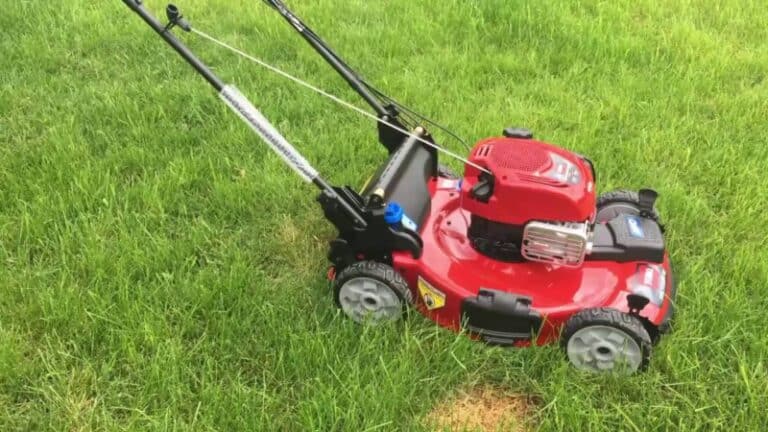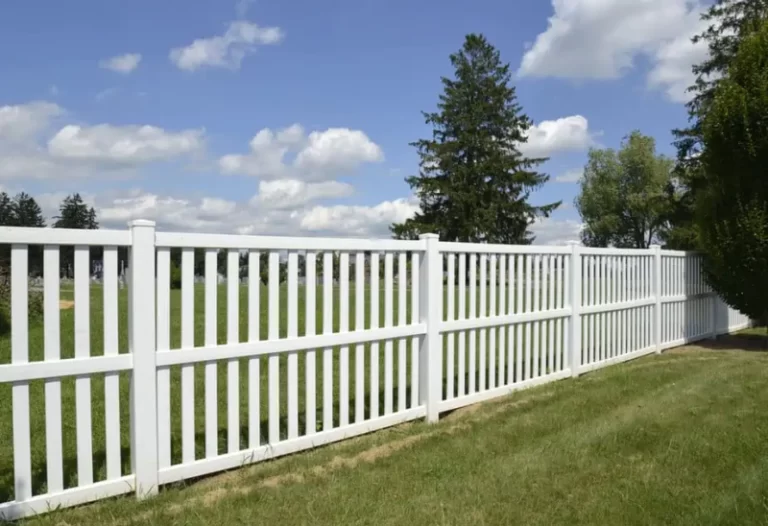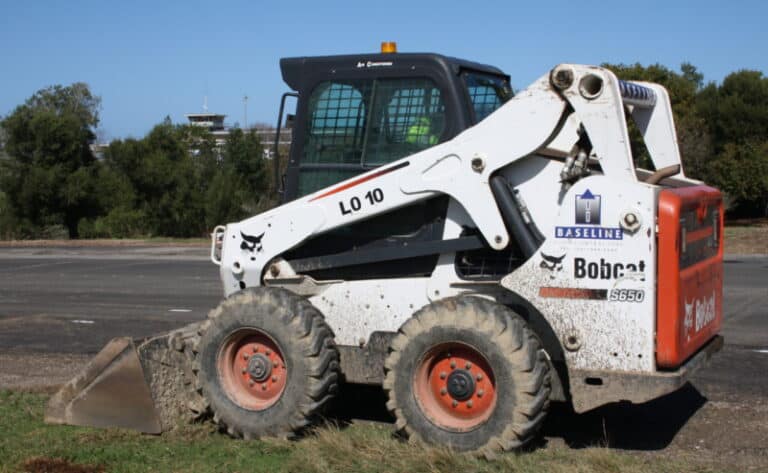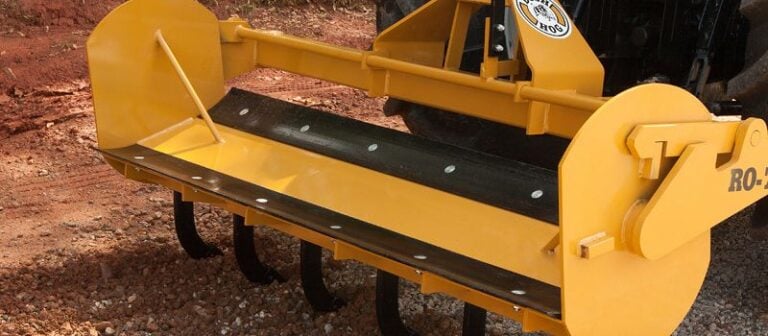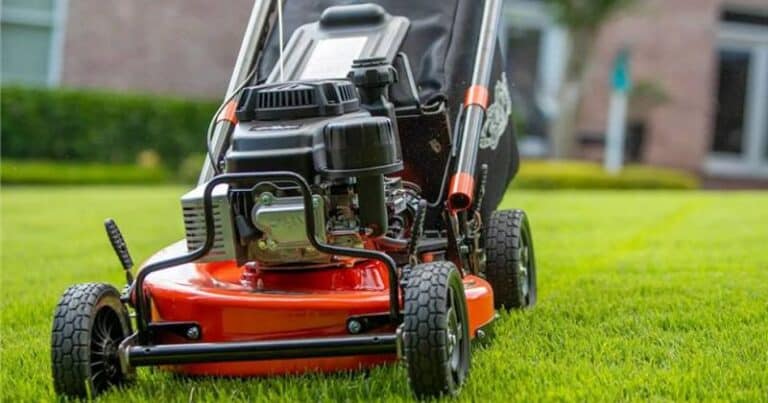John Deere 100 Series Transmission Problems And How to Fix Them

Many customers have complained about transmission issues with John Deere 100 line.
Several issues, including transmission failure and irregular gear changing, have been reported concerning its transmission line. Still, there’s no need to panic; the majority of these issues have simple solutions.
A number of issues that often arise on the 100-chain transmission system are described, along with potential solutions. If you’re experiencing issues with your computer, you should read this whole article since the answer is definitely here.
What Causes Transmission Issues with John Deere 100 Tractors?
The hydrostatic transmission included in this mower makes it easy to maneuver. This mechanism is not just crucial but also operates in a unique way.
The engine supplies energy, which is then sent to the pumps. The pressure of liquid powers such pumps. Different from conventional mowers, this one has several unique moving components.
The transmission system often experiences issues because of the dependence on crucial technologies. For instance, strange things might happen if air gets into the system. In addition, they are fragile and susceptible to mechanical faults. Because of these factors, this transmission system is prone to failure.
This, however, only makes this particular transmission system adequate. This is not the case at all. In addition to its lengthy lifespan, this system is built for high performance. The fact that it needs more attention than other solutions is what sets it apart.
8 Common John Deere 100 Series Transmission Issues
This section addresses some frequently encountered issues and offers advice on how to deal with them.
1. Refusing to Mow After Wheel Replacement
The issue here is not with the broadcast, despite appearances. Let’s say you had a flat tire and had to replace it quickly. When you turn on the tractor, nothing happens. You may suspect a transmission issue, but there is none. It was mentioned since it is a common issue for those who use lawnmowers.
In reality, though, the key that secures the wheel to the spindle is often left at home. If this is the case, pressing the gas pump will lead to the axle rotating while the mower remains still. If you need to remember a crucial step in the wheel installation procedure, the remedy is to double-check everything.
2. Trouble In Getting Gears To Move
Customers also often experience the mechanism needing to be fixed for no apparent reason. This occurs when the equipment’s blades do not line up correctly with the transmission’s springs, preventing the gear from turning. In addition, it will prevent you from shifting into neutral or any other equipment. One of the significant issues with the current transmission method is this.
If the machinery becomes jammed, you should acquire some assistance. You should only interfere with the clutch and engine link if you know what you’re doing.
3. Neutral and Inactive
The transmission mechanism is often blamed when the neutral doesn’t somehow activate. According to reports, this is a common issue for many customers.
When they disengage the tractor by switching to neutral, it will not start up again. An obstruction on the output gear is to blame for this issue.
There’s a simple method you can follow to fix it. First, power down the device entirely. Now, attempt to change the orientation of the output shaft. We may expect the situation to be resolved once the congestion is unblocked.
4. Hydraulic System Overheating
This is obvious. Your gearbox might be going through a lot of strain, overheating, and consequently shutting down. However, there are explanations for this problem. Try to identify the reason for such issues, and take measures to correct them.
For example, overheating can be because of the lack of a fan. In this case, you need to replace or repair it. Or, it might be due to a leak in the hydraulic system. If this is the case, you need to find and fix the leak, which can be done with the help of a mechanic.
5. Uneven Cut
A defective gearbox is less likely to generate an uneven cut than damaged blades. Nevertheless, numerous complaints have been lodged, blaming the transmission network.
Wheel axles are impacted by excessive vibration of the driveshaft. In addition, poorly controlled blade movement results in jagged edges.
When diagnosing a problem, begin by listening for engine vibration. The most common solution to this issue is changing the engine oil. Get it checked out by an expert if it doesn’t work.
6. Sudden Crash
Let’s say you’re cutting the grass, and everything is peaceful. The next second, the mower comes to a stop. Many people have had this problem. Failures in the transmission network are likely to blame.
The device immediately shuts down the hydraulic transmission line whenever there is a problem. Follow these steps to fix the problem.
Do not touch anything without first donning gloves and powering down the device. If you don’t use gloves, you can be burnt. Next, take the deck down and examine the drive belt for the gearbox. Verify that everything is secured to the belts. Next, inspect the belt for any bits of dirt, rocks, or twigs. When you’re done cleaning it, the machine should function normally again.
7. Hydraulic System Fails In Cold
Generally, users experience some form of breakdown or malfunction after a long period of using the equipment. In addition, transmission network issues often arise when the oil is cold.
The primary reason for this mishap is that you have used a poor-quality oil. Refrain from getting poor-quality hydraulic oils. You may also be compelled to use thin oil or the wrong one for your machine.
If you wish to fix this problem, the first thing you should do is change the oil. Use a higher viscosity and ensure it is compatible with the device.
A significant number of customers have experienced transmission failures after a considerable period of use. Therefore, the gearbox is best utilized for mowers with a maximum of 180 hours of work time.
Extensive use can prevent transmission failure by taking care of the essential maintenance requirements outlined in the product manual.
8. Constant Screaming From The Pulleys
Finally, the pulleys can also develop a similar problem. The belt may be exceptionally tight and at risk of slipping off. This will make the pulleys screech loudly. Fixing this issue is straightforward. The noise will go away as soon as the belt loosens.
The key is to keep the belt at an appropriate tightness. You can switch to the roller motor belt too. Whether you try out the roller or not, make sure that both should be used. Again, the transmission is a delicate piece of equipment, so follow the instructions carefully.
Conclusion
There are many ways a transmission can fail. It’s better to be safe than sorry and check your machine regularly for issues. If you have a problem with your gearbox, we hope this article has been helpful.
You might need to have the device repaired or replaced. John Deere is one of the best brands if you want to upgrade. However, you should check out the reviews before purchasing.
You can also read:


